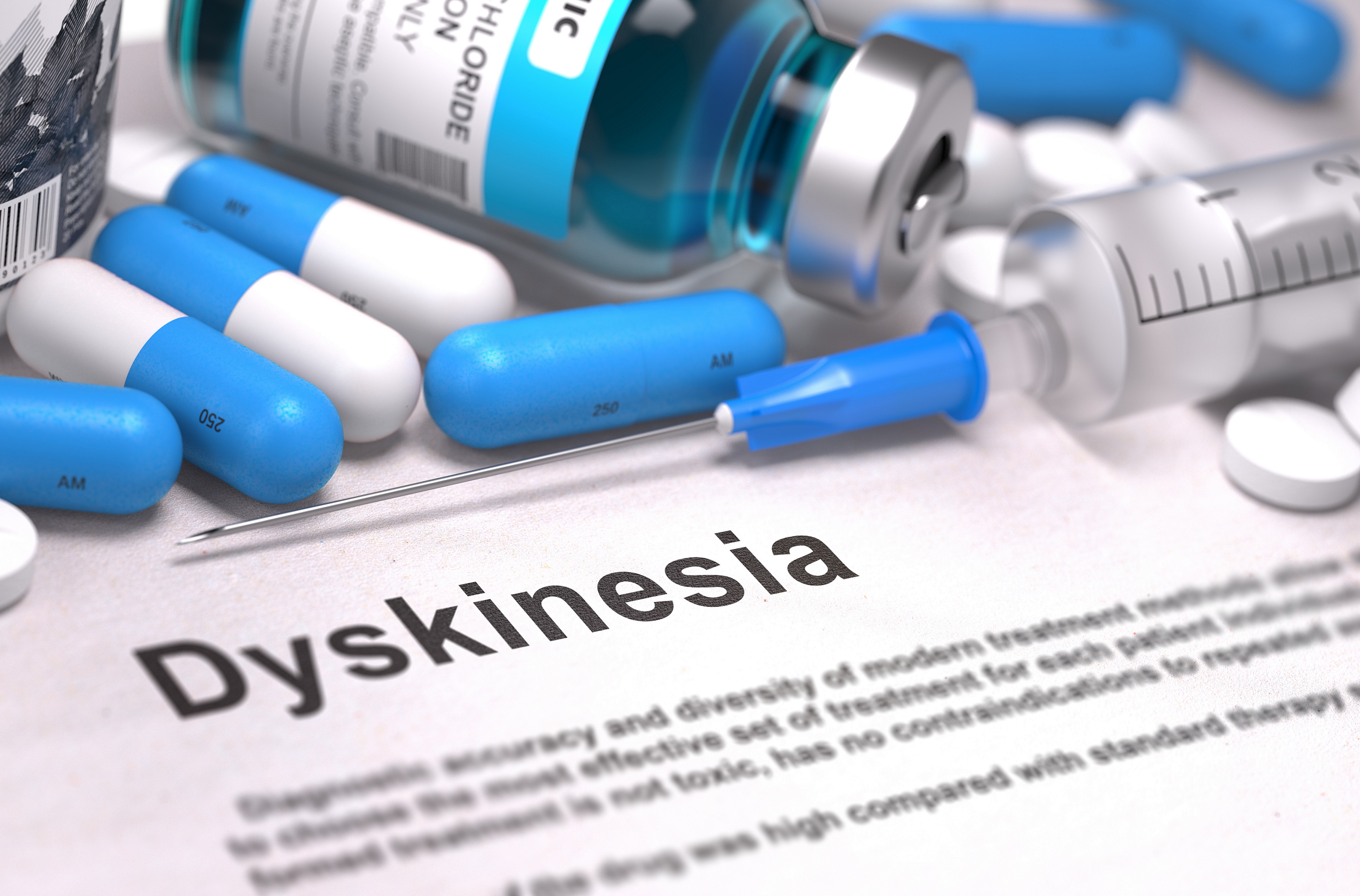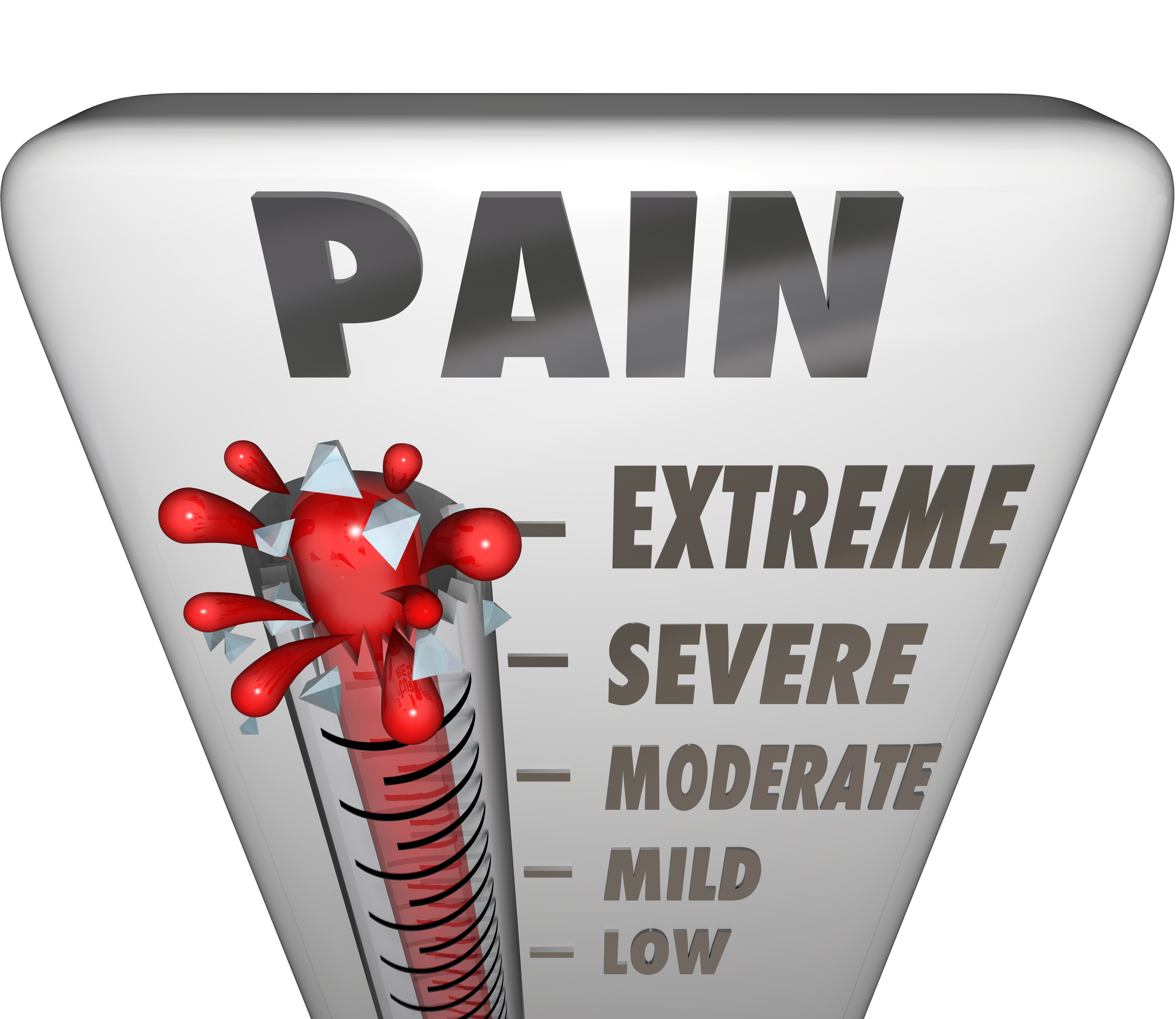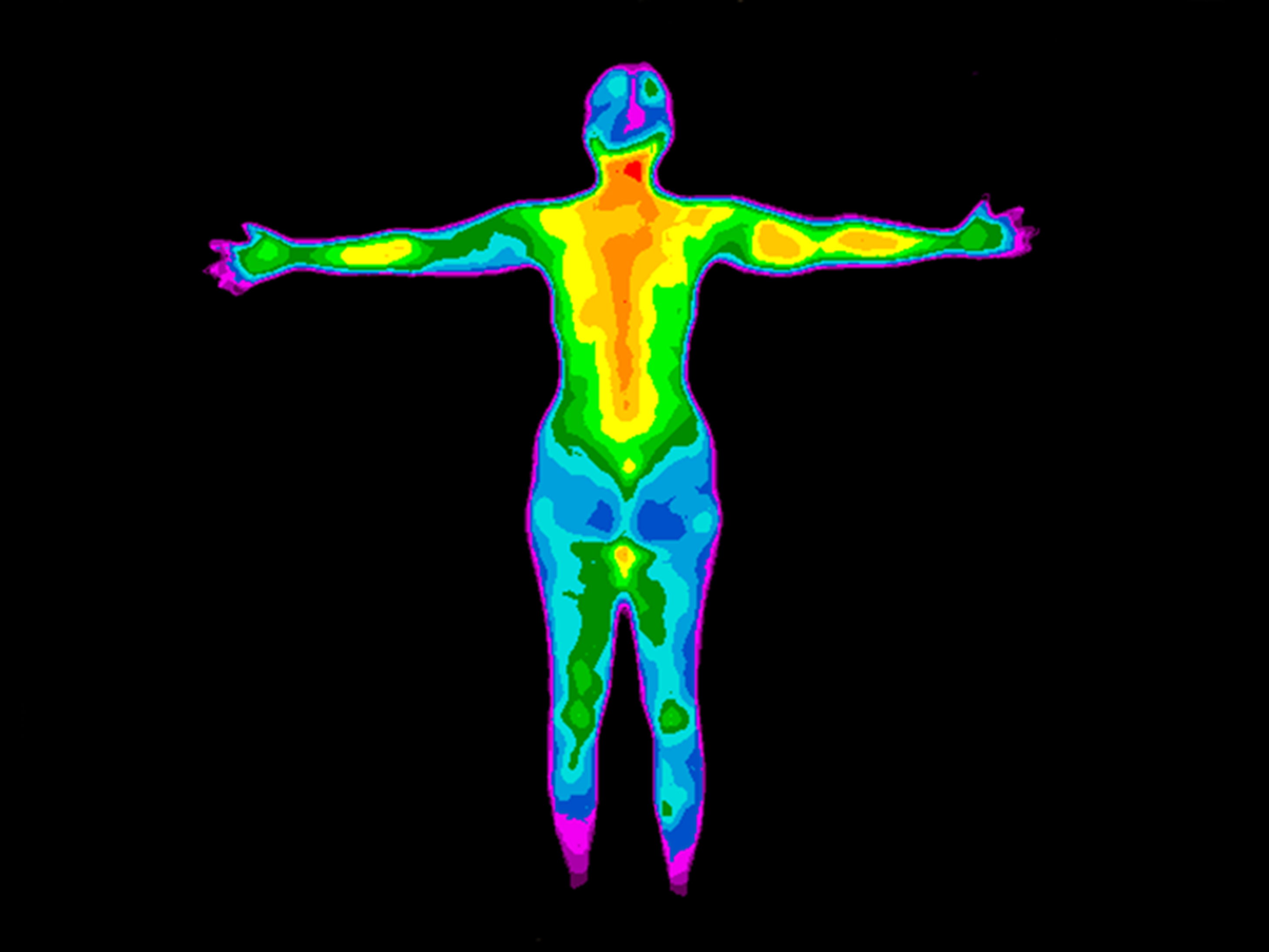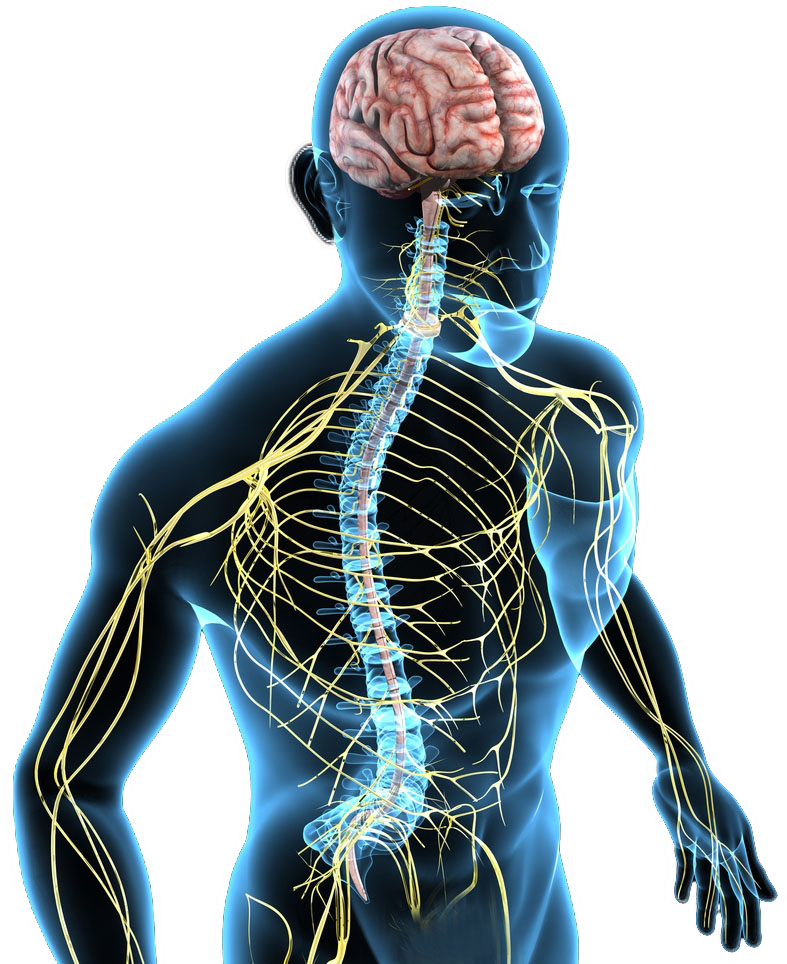Body functioning
This category includes information on body functioning anomalies in schizophrenia. These include laterality (e.g. handedness), movement disorders, olfactory functioning, neurological soft signs, pain sensitivity, temperature regulation, sleep disturbances, and changes to voice patterns. Click on the links, or the tabs below, or browse via the drop-down menu on the left.
Image: ©stock.adobe.com

Cortical release signs
We have not found any systematic reviews on this topic that meet our inclusion criteria. Pending enough primary studies, we invite reviews on this topic to be conducted. Alternatively we will endeavour to conduct our own review to fill this gap in the Library. October 2020

Functional laterality
What is functional laterality? Functional laterality refers to a natural asymmetry in left or right-side dominance, for example in terms of handedness, or brain function. Handedness refers to the preference for using one hand over the other for certain tasks. Right-handed people show increased dexterity in their right hand, left-handed people show increased ability the left hand. People may also be ‘mixed’ handed and show different hand preference for different tasks. Listening tasks can be used to assess language lateralisation. People with schizophrenia may show differences in handedness or footedness, as well as altered visual and auditory dominance that may…

Movement disorders
What are movement disorders in schizophrenia? Catatonia was originally categorised as a subtype of schizophrenia, but it is found in people with other medical, neurological, and psychiatric disorders. Catatonia is characterised by repetitive non-goal-directed movements or goal-directed movements that are executed in an idiosyncratic way. Other forms of catatonia include immobility, mutism, staring, and rigidity. Tardive dyskinesia is a ‘hyper-kinetic’ (excessive movement) disorder, characterised by jerky, involuntary movements, usually of the face and/or limbs. Parkinsonism is another common movement disorder associated with schizophrenia and is a ‘hypo-kinetic’ (reduced movement) disorder, characterised by slowness of movement and rigidity. These movement disorders…

Neurological soft signs
What are neurological soft signs in people with schizophrenia? Neurological soft signs (NSS) are neurological abnormalities that can be identified by clinical examination using valid and reliable testing measures. They are referred to as ‘soft’ because they not related to a specific brain area, or part of a defined syndrome. Categories of NSS are commonly grouped into three categories; integrative sensory functioning, motor coordination, and complex motor sequencing. Integrative sensory functioning includes impairments in sensory perception such as audio-visual integration or tactile recognition. Motor coordination involves general coordination, balance and gait. Complex motor sequencing involves complex motor tasks, such as…

Olfactory functioning
What is olfactory functioning in schizophrenia? The olfactory system is the sensory system used to interpret and perceive smell, which may be dysfunctional in people with schizophrenia. Olfactory functioning is hierarchical and involves lower-order processing (detection of the stimulus) and higher-order processing (discrimination and identification of the stimulus). Odour detection occurs at the lowest chemical concentration needed to register an odourant. Odour discrimination involves comparing the differences between multiple stimuli, judging odours as pleasant or unpleasant, or comparing the relative concentration of odours. Odour identification draws on a person’s knowledge and memory to correctly label the smell. What is the…

Pain sensitivity
What is pain sensitivity in schizophrenia? Pain is defined by the International Association for the Study of Pain (IASP) as “an unpleasant sensory and emotional experience associated with actual or potential tissue damage” and pain is perceived as both a sensory and emotional experience. There is an important distinction between the body’s responses to pain (nociception) and the subjective experience of pain. Measured outcomes of pain perception include pain reactivity, sensory threshold, pain threshold, and pain tolerance, as well as self-reporting of the pain experience. What is the evidence for pain sensitivity? Moderate to high quality evidence suggests schizophrenia is…

Sleep disturbance
What is sleep disturbance in schizophrenia? Typically, sleep follows a characteristic pattern of four stages, where stage 1 is a state of drowsiness and early sleep, stage 2 comprises the largest component of the sleep cycle and is the first complete loss of awareness of the external environment, stage 3 is a deep slow-wave sleep, and the fourth stage is rapid eye movement (REM) sleep where muscle paralysis and memorable dreaming occurs. Sleep disturbances include changes in sleep time, sleep latency (the length of time it takes from full wakefulness to sleep) and sleep efficiency (the amount of time spent…

Temperature regulation
What is temperature regulation? Changes in the homeostatic regulation of body temperature can involve increased or decreased body temperature in a neutral environment (baseline temperature), altered response to a temperature stimulus (heat or cold stress), changes to the normal differences between morning and night-time body temperatures (diurnal and circadian variation), variations in the range of typical body temperature changes during the day, and changes to typical differences between core and peripheral body temperatures. What is the evidence for temperature regulation? In antipsychotic-free patients, moderate to low quality evidence suggests baseline temperature is reduced, there is less daily variation in temperature,…
Green - Topic summary is available.
Orange - Topic summary is being compiled.
Red - Topic summary has no current systematic review available.
